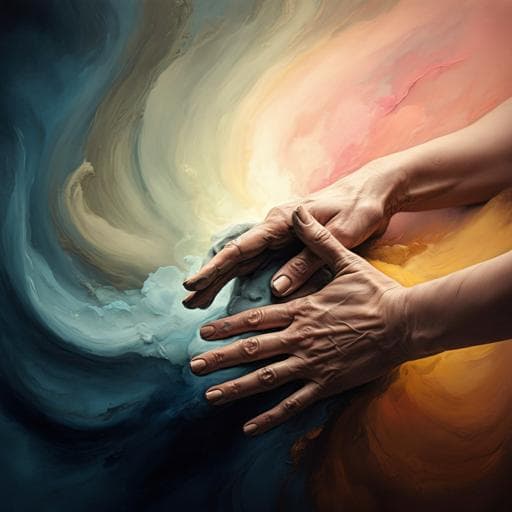
The Arts
Assessing the stress-relief impact of an art-based intervention inspired by the broaden-and-build theory in college students
C. Liu, Y. Xie, et al.
This captivating study reveals how a four-week art-making intervention significantly reduces stress levels among college students. Engaging in creative activities like drawing, clay modeling, and crafting could be the key to alleviating stress for students. Conducted by a team of researchers including Chen Liu and Yuan Xie, this research highlights the potential of art as a stress-relief tool.
~3 min • Beginner • English
Related Publications
Explore these studies to deepen your understanding of the subject.







